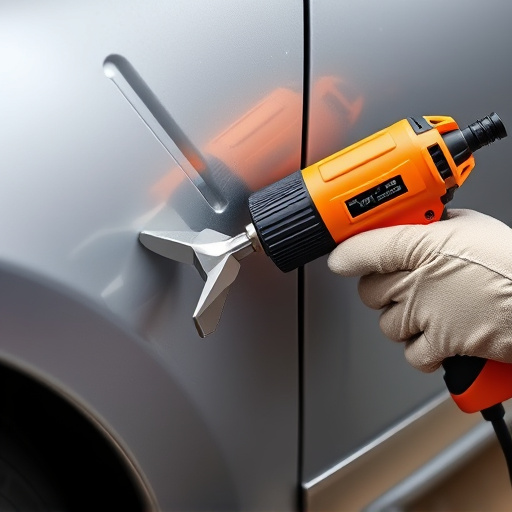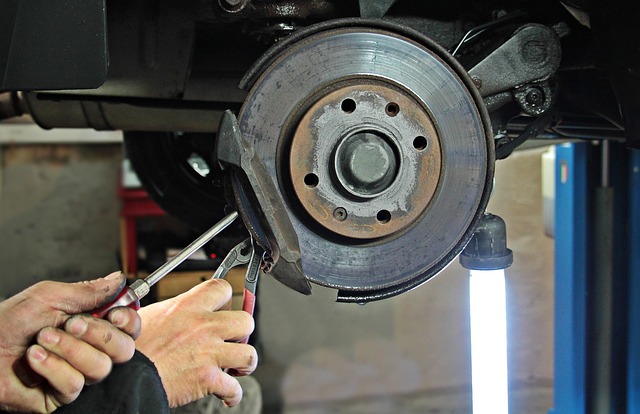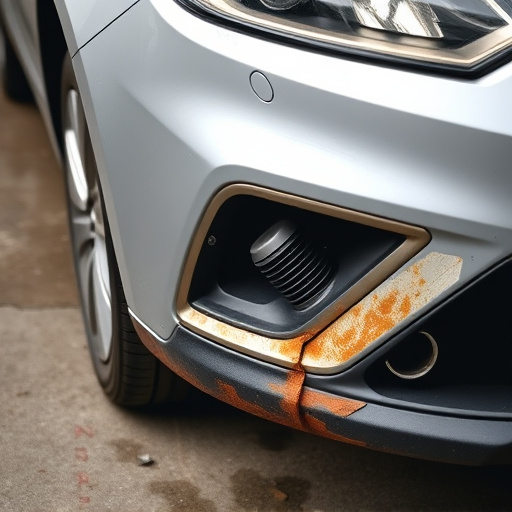The traditional service repair process for luxury vehicles like Mercedes-Benz often lacks transparency, leading to customer uncertainty and communication delays. A transparent repair process educates clients on every step, fostering trust and satisfaction. This is crucial for consistent, high-quality service delivery and benefits both customers and technicians by empowering owners with knowledge about damage assessment, proposed solutions, and costs. Implementing this process enhances service consistency through digital platforms, regular updates, clear estimates, and standardized communication protocols, ensuring client satisfaction and promoting reliable auto repair services.
In today’s competitive service industry, maintaining consistency is paramount. The traditional repair process, however, often shrouded in secrecy, can lead to inconsistent results and customer dissatisfaction. This article explores the transformative power of the transparent repair process and its profound impact on service quality. We delve into the challenges of conventional methods, highlight the benefits of openness, and provide actionable strategies for implementation, ensuring a seamless and trustworthy experience for all customers.
- Understanding the Traditional Service Repair Process and Its Challenges
- The Emergence of Transparent Repair: Benefits and Key Components
- Strategies for Implementing a Transparent Repair Process to Ensure Consistency
Understanding the Traditional Service Repair Process and Its Challenges

The traditional service repair process involves several stages, from initial assessment to final handover of the vehicle. However, this often complex journey can be fraught with challenges that impact the overall customer experience and service quality. One significant hurdle is the lack of transparency throughout the repair cycle. Customers may not fully comprehend the extent of damage or the steps taken to rectify it, leading to uncertainty and trust issues. This anonymity also hampers efficient communication between mechanics, insurance providers, and clients, resulting in delays and potential errors.
For instance, consider a scenario where a vehicle, such as a Mercedes-Benz, undergoes an auto dent repair due to minor damage. The traditional process might leave the owner uninformed about the specific techniques employed or the quality of parts used. In contrast, a transparent repair process would educate the client on every step, ensuring they are aware of the repairs’ scope and potential implications. This openness fosters trust, encourages customer satisfaction, and promotes consistency in service delivery, regardless of whether it’s for car damage repair or intricate mercedes benz repair.
The Emergence of Transparent Repair: Benefits and Key Components

The emergence of a transparent repair process has revolutionized the way automotive services are delivered, fostering trust and enhancing customer satisfaction. This shift is driven by the growing demand for transparency in all aspects of life, including vehicle maintenance. Consumers no longer settle for secretive processes; they want to understand what’s involved in repairing their cars, from diagnosis to completion.
A transparent repair process benefits both customers and repair technicians. For car owners, it means clear communication about the extent of damage, proposed solutions, and associated costs. This empowers them to make informed decisions, choosing the best course of action for their vehicle. In the case of common repairs like car dent repair, bumper repair, or car scratch repair, transparency ensures customers aren’t surprised by hidden fees or subpar workmanship. Key components of this process include clear pricing structures, detailed explanations of procedures, and opportunities for customers to ask questions and provide feedback.
Strategies for Implementing a Transparent Repair Process to Ensure Consistency

Implementing a transparent repair process is a strategic move to enhance service consistency in the auto industry. It involves creating an open and accessible system where customers can understand and track their vehicle’s repair progress. One effective strategy is providing regular updates through digital platforms or text notifications, ensuring clients are well-informed at every step. This approach not only builds trust but also allows for quick addressing of concerns or discrepancies.
Additionally, offering clear and detailed estimates before starting the repair work is crucial. Customers should be provided with a breakdown of costs, ensuring they agree on the scope of work. Standardized communication protocols and well-trained staff are essential to delivering a consistent customer experience. These practices streamline the collision repair or car maintenance process, fostering client satisfaction and promoting the reliability of auto repair services.
The adoption of a transparent repair process is a game-changer in enhancing service consistency. By eliminating the uncertainties and complexities of traditional methods, businesses can create a seamless and reliable experience for their customers. This innovative approach not only fosters trust but also empowers both technicians and clients, ensuring efficient problem-solving and long-term service quality. Implementing key components such as clear communication, standardized procedures, and digital documentation is essential to achieving consistent results and maintaining a competitive edge in the market.













